Farbod Taymouri
A Deep Adversarial Model for Suffix and Remaining Time Prediction of Event Sequences
Feb 15, 2021

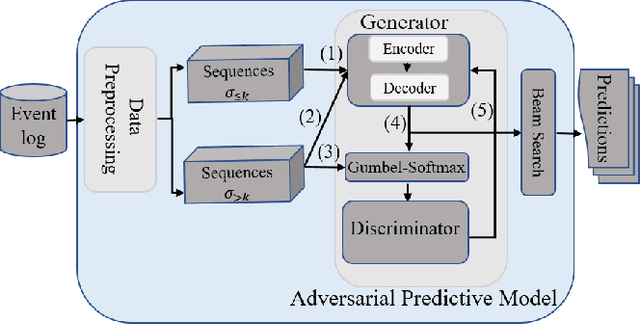

Abstract:Event suffix and remaining time prediction are sequence to sequence learning tasks. They have wide applications in different areas such as economics, digital health, business process management and IT infrastructure monitoring. Timestamped event sequences contain ordered events which carry at least two attributes: the event's label and its timestamp. Suffix and remaining time prediction are about obtaining the most likely continuation of event labels and the remaining time until the sequence finishes, respectively. Recent deep learning-based works for such predictions are prone to potentially large prediction errors because of closed-loop training (i.e., the next event is conditioned on the ground truth of previous events) and open-loop inference (i.e., the next event is conditioned on previously predicted events). In this work, we propose an encoder-decoder architecture for open-loop training to advance the suffix and remaining time prediction of event sequences. To capture the joint temporal dynamics of events, we harness the power of adversarial learning techniques to boost prediction performance. We consider four real-life datasets and three baselines in our experiments. The results show improvements up to four times compared to the state of the art in suffix and remaining time prediction of event sequences, specifically in the realm of business process executions. We also show that the obtained improvements of adversarial training are superior compared to standard training under the same experimental setup.
Encoder-Decoder Generative Adversarial Nets for Suffix Generation and Remaining Time Predication of Business Process Models
Jul 30, 2020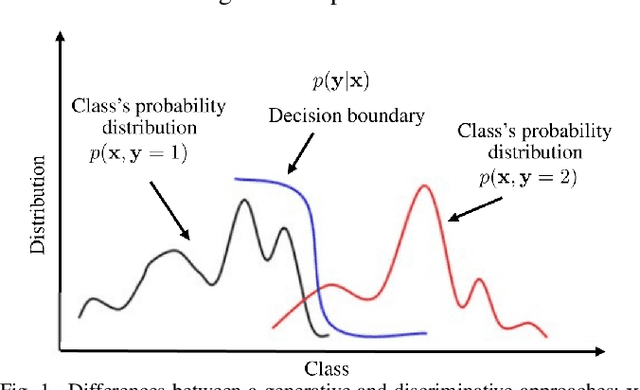
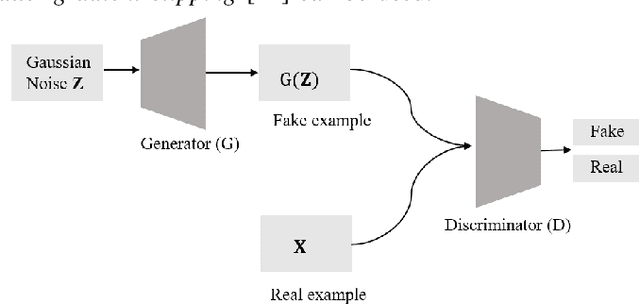

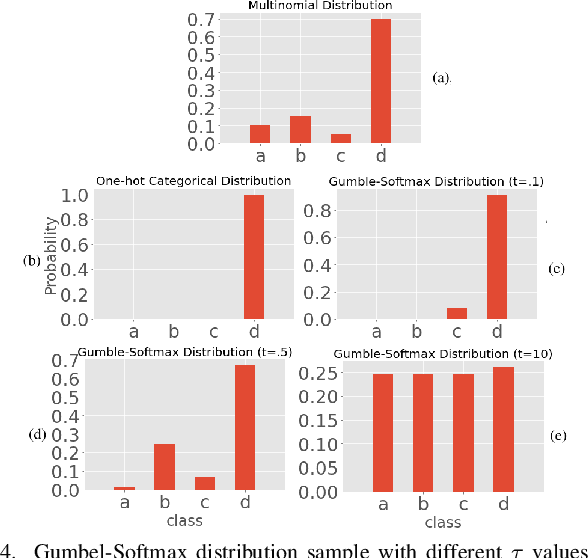
Abstract:This paper proposes an encoder-decoder architecture grounded on Generative Adversarial Networks (GANs), that generates a sequence of activities and their timestamps in an end-to-end way. GANs work well with differentiable data such as images. However, a suffix is a sequence of categorical items. To this end, we use the Gumbel-Softmax distribution to get a differentiable continuous approximation. The training works by putting one neural network against the other in a two-player game (hence the "adversarial" nature), which leads to generating suffixes close to the ground truth. From the experimental evaluation it emerges that the approach is superior to the baselines in terms of the accuracy of the predicted suffixes and corresponding remaining times, despite using a naive feature encoding and only engineering features based on control flow and events completion time.
Predictive Business Process Monitoring via Generative Adversarial Nets: The Case of Next Event Prediction
Apr 01, 2020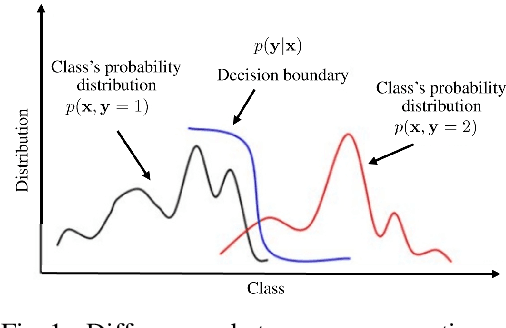
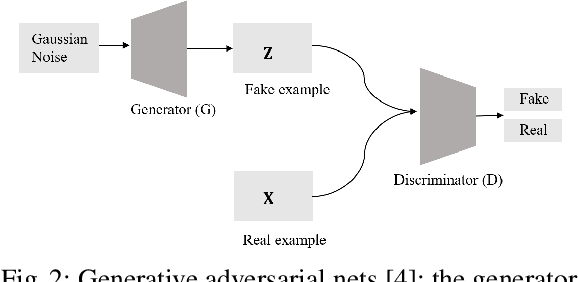


Abstract:Predictive process monitoring aims to predict future characteristics of an ongoing process case, such as case outcome or remaining timestamp. Recently, several predictive process monitoring methods based on deep learning such as Long Short-Term Memory or Convolutional Neural Network have been proposed to address the problem of next event prediction. However, due to insufficient training data or sub-optimal network configuration and architecture, these approaches do not generalize well the problem at hand. This paper proposes a novel adversarial training framework to address this shortcoming, based on an adaptation of Generative Adversarial Networks (GANs) to the realm of sequential temporal data. The training works by putting one neural network against the other in a two-player game (hence the adversarial nature) which leads to predictions that are indistinguishable from the ground truth. We formally show that the worst-case accuracy of the proposed approach is at least equal to the accuracy achieved in non-adversarial settings. From the experimental evaluation it emerges that the approach systematically outperforms all baselines both in terms of accuracy and earliness of the prediction, despite using a simple network architecture and a naive feature encoding. Moreover, the approach is more robust, as its accuracy is not affected by fluctuations over the case length.
Business Process Variant Analysis based on Mutual Fingerprints of Event Logs
Dec 23, 2019
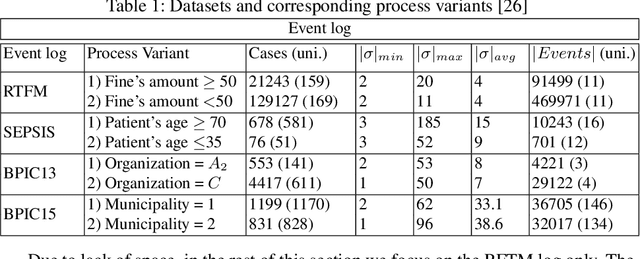


Abstract:Comparing business process variants using event logs is a common use case in process mining. Existing techniques for process variant analysis detect statistically-significant differences between variants at the level of individual entities (such as process activities) and their relationships (e.g. directly-follows relations between activities). This may lead to a proliferation of differences due to the low level of granularity in which such differences are captured. This paper presents a novel approach to detect statistically-significant differences between variants at the level of entire process traces (i.e. sequences of directly-follows relations). The cornerstone of this approach is a technique to learn a directly follows graph called mutual fingerprint from the event logs of the two variants. A mutual fingerprint is a lossless encoding of a set of traces and their duration using discrete wavelet transformation. This structure facilitates the understanding of statistical differences along the control-flow and performance dimensions. The approach has been evaluated using real-life event logs against two baselines. The results show that at a trace level, the baselines cannot always reveal the differences discovered by our approach, or can detect spurious differences.
 Add to Chrome
Add to Chrome Add to Firefox
Add to Firefox Add to Edge
Add to Edge